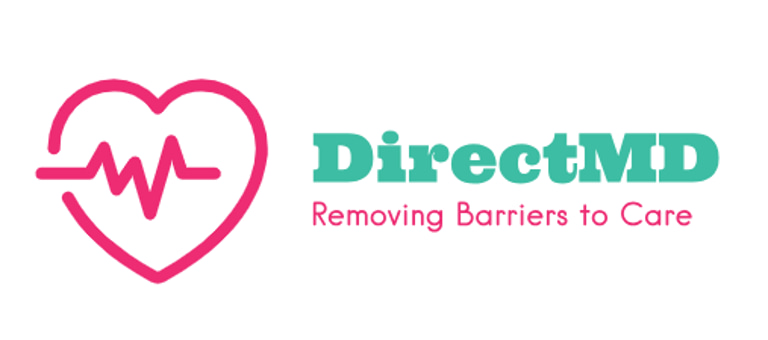DPC: Telehealth & Other Benefits
Telehealth works seamlessly with Direct Primary Care, providing benefits for both the patient and the provider.
11/21/20242 min read
It’s no secret that the US healthcare system can create serious disadvantages for patients and doctors. That’s why I set out to learn about the present alternatives and the effect they could have on our system. I decided to explore the potential benefits of the Direct Care model. Through my research, I met with Dr. Josh Umbehr, MD, Dr Christiane Smith, and Dr Lara Briseno Kenney. I was able to learn the incredible potential of telemedicine within this model of care.
Direct Primary Care is a membership-based healthcare model that operates on a monthly fee instead of accepting health insurance. These monthly fees range from $10 per child and $50-$80 per adult. They provide benefits such as unlimited visits (without extra costs), easy personal access to your physician, significantly reduced medications, and inexpensive radiology. Without the added stress of health insurance, doctors can establish a close connection with the patient and truly value preventative care.
Unfortunately, there are disadvantages to any system. In this case, DPC’s recommend patients buy catastrophic health insurance because they cannot provide emergency care.
However, some practices are experimenting with offering specialty care through this model, which could be a look to the future. Also, DPC’s cannot currently accept Medicare, which could be a barrier to this model of care. That's where DirectMD comes in. We can help fund patient fees for those who cannot afford it.
After the COVID-19 pandemic, telemedicine became incredibly well-known, and it’s commonly known as one of the future models of healthcare. It has many benefits, such as removing barriers to care for rural patients, patients without transportation, or patients without the time to visit the doctor within normal hours.
However, telemedicine issues can arise for the care provider in some cases, including not being able to diagnose without physical exams or provide the same level of care. High costs remain difficult for patients. Under the Direct Primary Care model, however, health insurance costs aren’t a factor, so patients don’t pay differently for an online visit versus an in-person visit, no matter how long the visit is. Therefore, the provider isn’t incentivized one way or the other, because the patient is allowed to schedule as many, or as little visits as needed. Because they have easy online/in-person access to their providers, they establish a personal connection—and telehealth visits are a lot easier with a deeper understanding of the patient’s lifestyle, attitude towards medicine, and history.
This is special. Having a personal connection with your family doctor can provide the assurance needed in today’s uncertain healthcare system, and I hope that you are encouraged to seek out a DPC near you. Thank you to Dr Umbehr, Dr Smith, and Dr Keeney for your incredible help.
